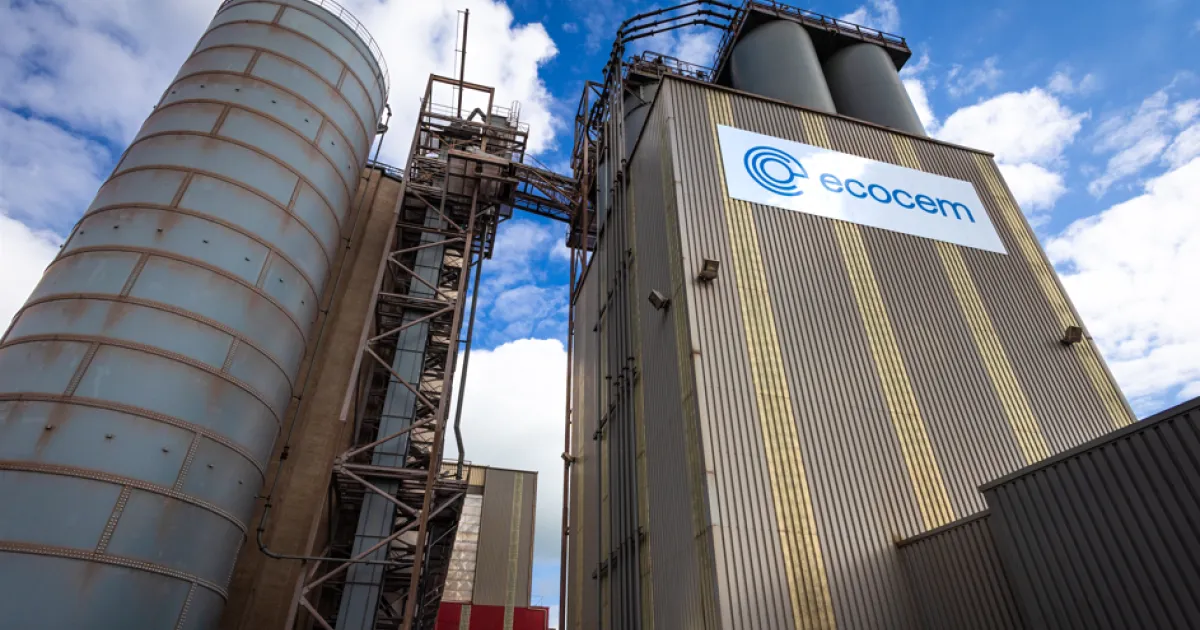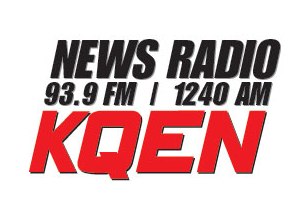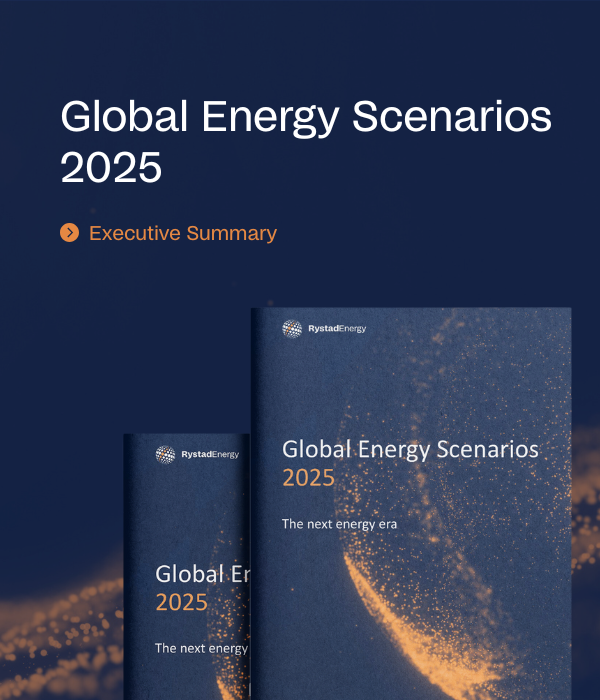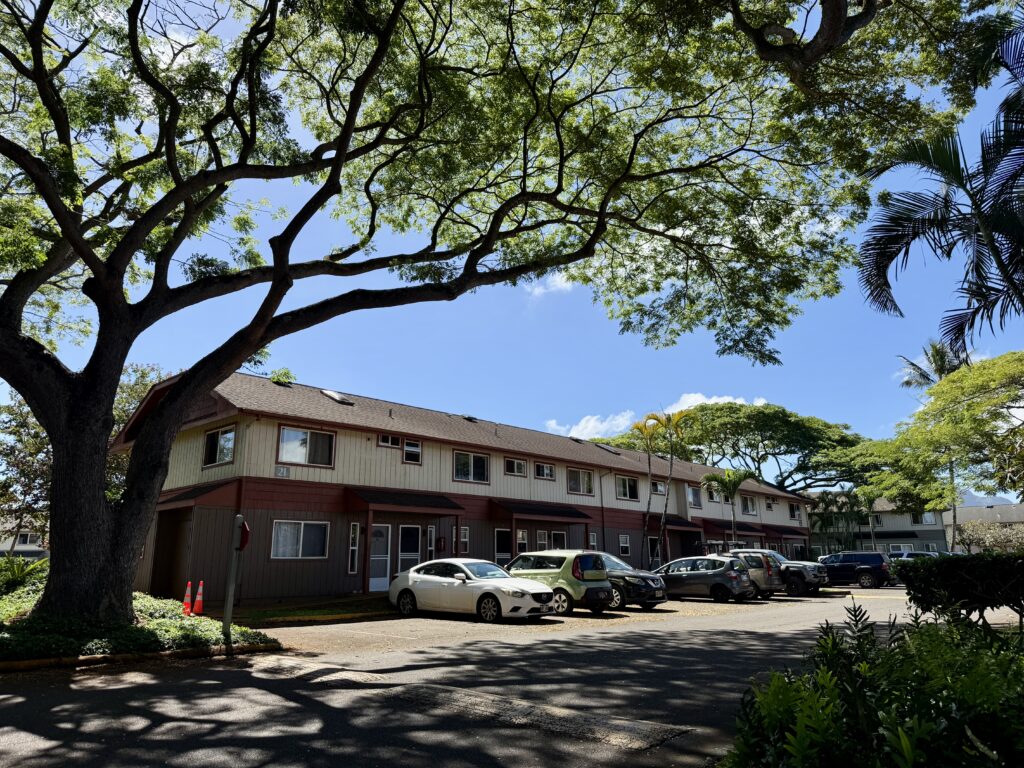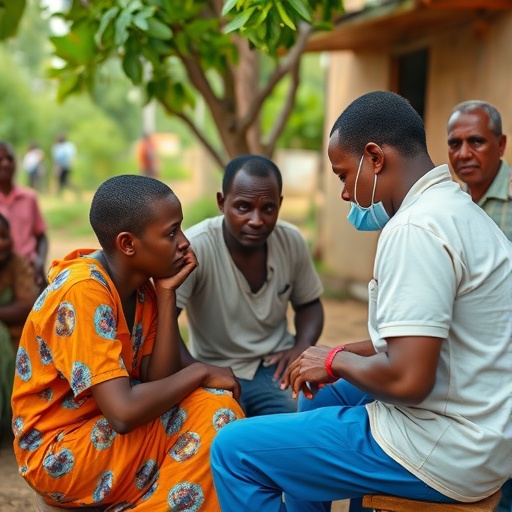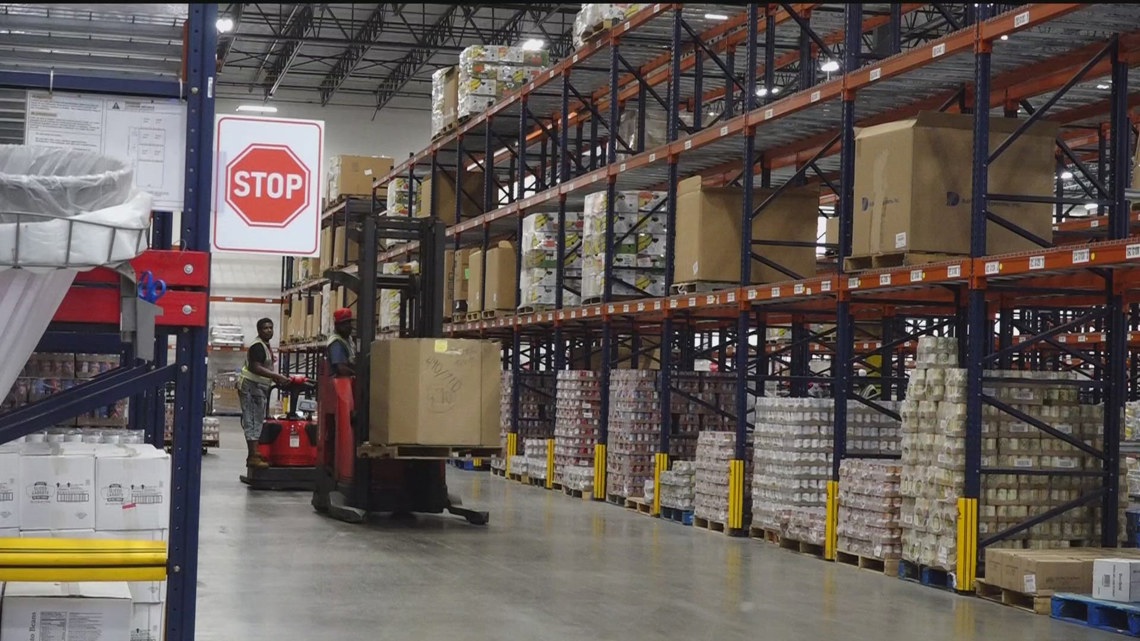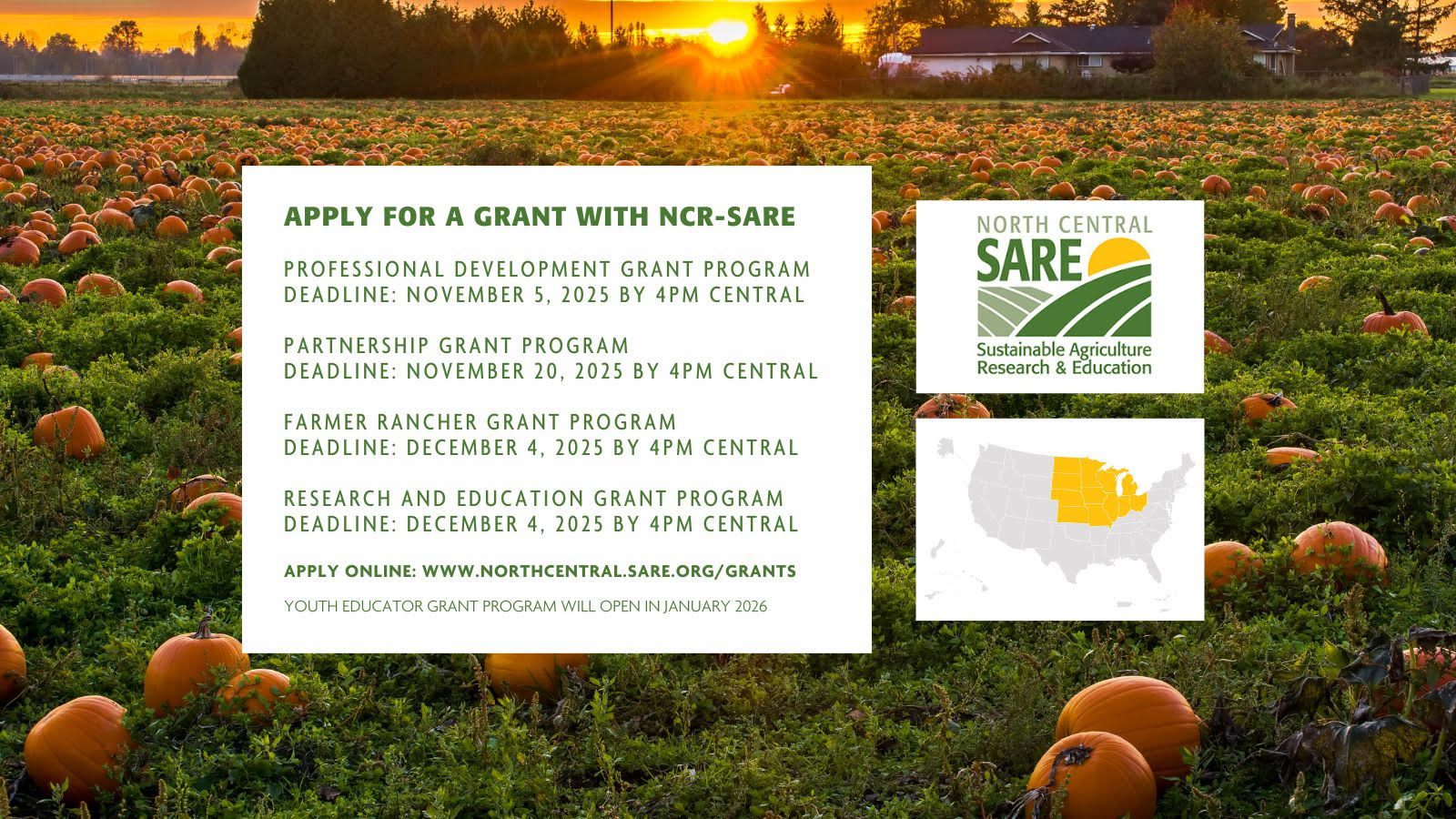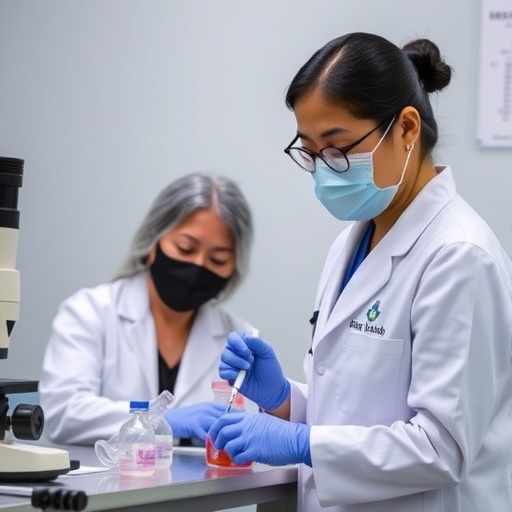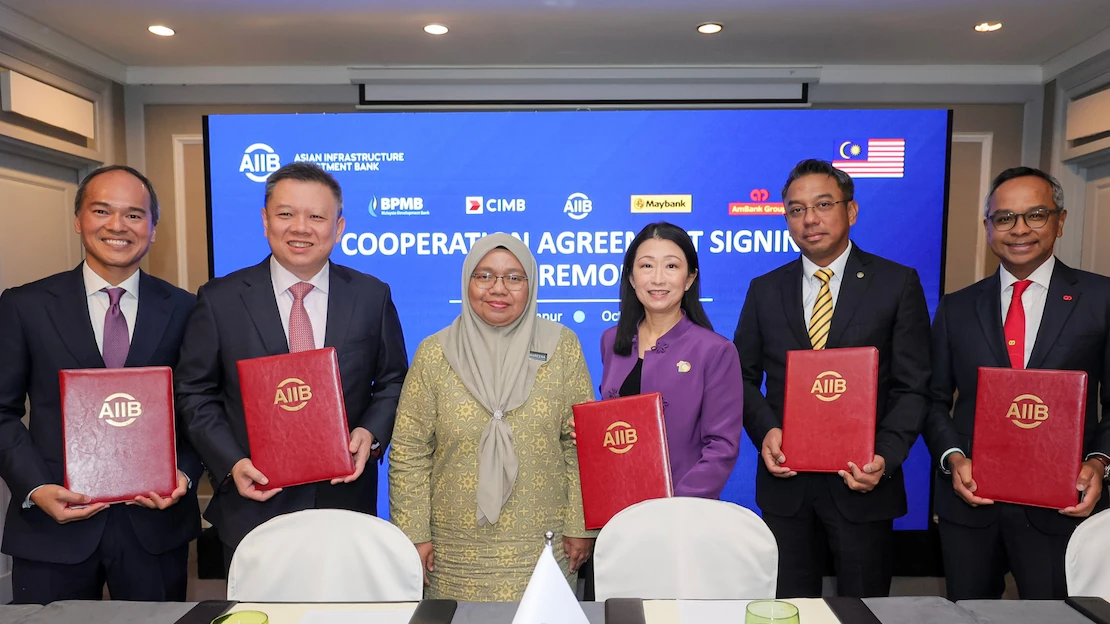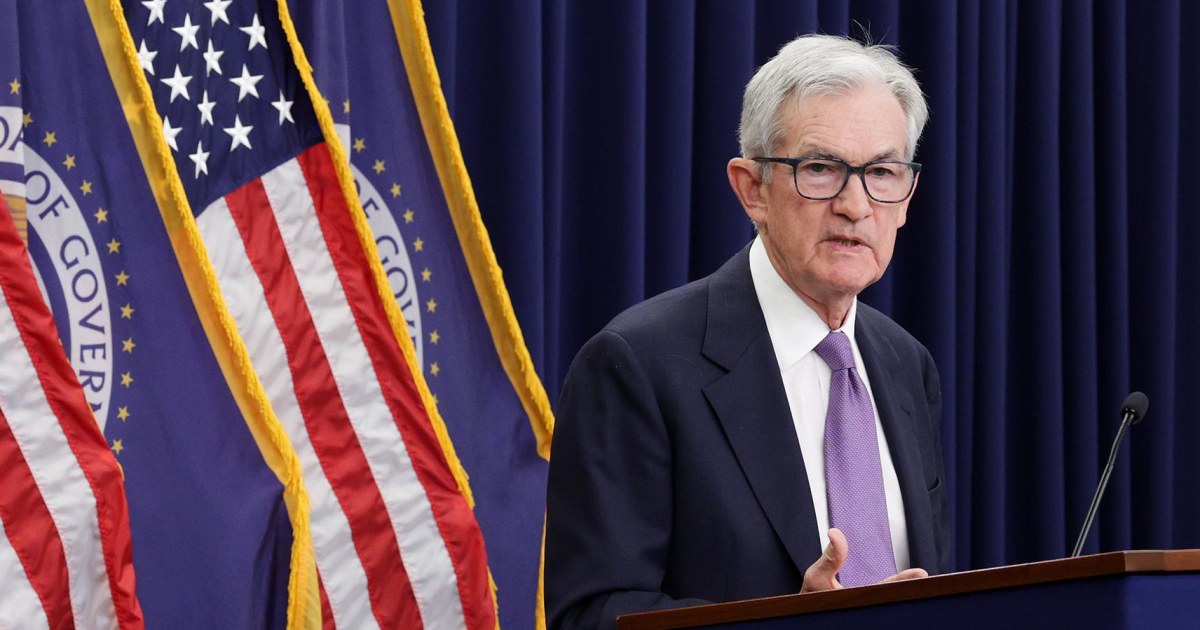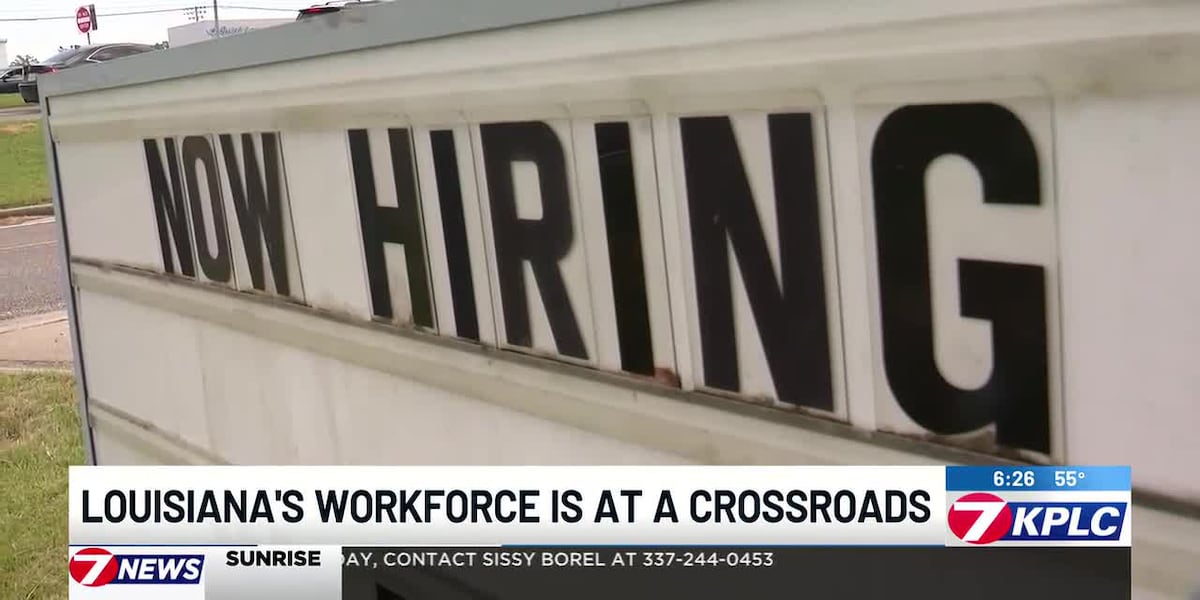M-PESA Ethiopia and Awash Bank Unveil Mobile Overdraft to Boost Financial Inclusion – TechAfrica News

Report on the ‘Errif be M-PESA’ Initiative and its Contribution to Sustainable Development Goals in Ethiopia
Executive Summary
A strategic partnership has been formed between Safaricom Telecommunications Ethiopia PLC, via its M-PESA platform, and Awash Bank to launch “Errif be M-PESA,” a digital overdraft service. This initiative is designed to enhance financial inclusion and provide critical access to micro-credit for the Ethiopian population. The collaboration directly supports the achievement of several United Nations Sustainable Development Goals (SDGs) by leveraging technology to create a more equitable and digitally empowered economy.
Partnership Analysis and Alignment with SDG 17
The initiative represents a significant multi-stakeholder collaboration, a core principle of SDG 17 (Partnerships for the Goals). It combines the strengths of two leading entities:
- Safaricom M-PESA Ethiopia: Provides the mobile technology infrastructure and a growing digital financial ecosystem.
- Awash Bank: Contributes its established financial expertise and regulatory standing as a leading private bank.
This partnership model is instrumental in delivering innovative financial solutions that neither entity could easily achieve alone, thereby accelerating progress towards national development objectives.
Service Mechanics and Objectives
The “Errif be M-PESA” service functions as a mobile-based overdraft facility. Its primary objective is to provide liquidity to users at the point of transaction.
- Functionality: Allows M-PESA users to complete transactions, such as bill payments, airtime purchases, and merchant payments, even when their mobile wallet balance is insufficient.
- Eligibility: The service is available to customers who have been active on the M-PESA platform for a minimum of 90 days, encouraging sustained use of digital financial services.
Direct Impact on Key Sustainable Development Goals
The initiative makes substantial contributions to several SDGs by addressing systemic financial barriers.
Advancing SDG 1 and SDG 10
- SDG 1 (No Poverty): By providing access to microloans and improving financial liquidity, the service empowers individuals to manage financial shocks and invest in small-scale economic activities, a critical step in poverty alleviation.
- SDG 10 (Reduced Inequalities): The service specifically targets underserved and unbanked populations, directly tackling the inequality of access to formal financial services and promoting greater financial inclusion.
Fostering SDG 8 and SDG 9
- SDG 8 (Decent Work and Economic Growth): Access to readily available credit is a catalyst for entrepreneurship and the growth of micro-enterprises, which are foundational to job creation and sustainable economic growth.
- SDG 9 (Industry, Innovation, and Infrastructure): This collaboration is a prime example of financial technology (fintech) innovation. It strengthens Ethiopia’s digital financial infrastructure, making financial services more resilient, accessible, and inclusive for all.
Conclusion
The launch of “Errif be M-PESA” by Safaricom Ethiopia and Awash Bank is a pivotal development in Ethiopia’s journey towards a digitally empowered economy. By strategically aligning with the Sustainable Development Goals, particularly those concerning poverty, inequality, economic growth, and innovation, the initiative provides a scalable model for using technology to foster inclusive and sustainable development.
Analysis of SDGs in the Provided Article
1. Which SDGs are addressed or connected to the issues highlighted in the article?
-
SDG 1: No Poverty
- The article highlights the goal of “improving liquidity and access to microloans for underserved and unbanked populations.” This directly addresses the aim of SDG 1 to end poverty in all its forms by providing financial services to the most vulnerable, helping them manage their finances and build economic resilience.
-
SDG 8: Decent Work and Economic Growth
- The initiative is described as a way to “expand access to credit and deepen financial inclusion.” By strengthening the capacity of domestic financial institutions like Awash Bank and M-PESA Ethiopia to provide digital credit, the partnership promotes economic growth and supports a “digitally empowered economy.”
-
SDG 9: Industry, Innovation, and Infrastructure
- The service leverages technology to create a “digital financial ecosystem.” The use of “mobile phones” to deliver “digital credit” is an example of technological innovation (FinTech) being used to increase access to financial services, a key component of building resilient infrastructure and fostering innovation.
-
SDG 17: Partnerships for the Goals
- The entire initiative is based on a “partnership” between Safaricom M-PESA and Awash Bank. The article states, “The collaboration brings together two of Ethiopia’s leading financial players,” which exemplifies the multi-stakeholder partnerships needed to achieve sustainable development goals.
2. What specific targets under those SDGs can be identified based on the article’s content?
-
Target 1.4: By 2030, ensure that all men and women, in particular the poor and the vulnerable, have equal rights to economic resources, as well as access to basic services… and financial services, including microfinance.
- The article’s focus on providing “access to microloans for underserved and unbanked populations” through the “Errif be M-PESA” overdraft service is a direct effort to achieve this target by expanding financial services to the poor and vulnerable.
-
Target 8.10: Strengthen the capacity of domestic financial institutions to encourage and expand access to banking, insurance and financial services for all.
- The collaboration between Safaricom M-PESA and Awash Bank is a clear example of strengthening domestic financial players to “expand access to credit and deepen financial inclusion” for the broader population in Ethiopia.
-
Target 9.3: Increase the access of small-scale industrial and other enterprises, in particular in developing countries, to financial services, including affordable credit, and their integration into value chains and markets.
- The “overdraft service” provides micro-credit that enables users to complete “merchant transactions,” which helps small-scale entrepreneurs and individuals participate more fully in the economy by ensuring they have access to necessary funds.
-
Target 17.17: Encourage and promote effective public, public-private and civil society partnerships, building on the experience and resourcing strategies of partnerships.
- The article is centered on the private-private partnership between Safaricom and Awash Bank, which reflects their “shared vision of delivering more accessible, secure, and inclusive financial services,” demonstrating a partnership model to achieve development objectives.
3. Are there any indicators mentioned or implied in the article that can be used to measure progress towards the identified targets?
-
Proportion of population using digital financial services:
- The article implies this can be measured by tracking the number of customers using the “Errif be M-PESA” service. It mentions the service is “available to customers who have been actively using M-PESA for at least 90 days,” suggesting a measurable user base that contributes to financial inclusion.
-
Volume and value of micro-credit disbursed:
- Progress can be measured by the total amount of “digital credit” provided through the overdraft facility. This would indicate the extent to which the service is “improving liquidity” for users.
-
Number of transactions enabled by the service:
- The article states the service enables users to complete transactions like “airtime purchase, bill payments, and merchant transactions.” Tracking the number of these transactions would be a direct indicator of the service’s impact on daily economic activity.
-
Number of strategic partnerships for financial inclusion:
- The existence of the “collaboration” between Safaricom and Awash Bank itself serves as an indicator. The formation of such partnerships to “build a digital financial ecosystem” is a measure of progress toward SDG 17.
4. Summary of Findings
| SDGs | Targets | Indicators (Implied from the article) |
|---|---|---|
| SDG 1: No Poverty | 1.4: Ensure access to economic resources and financial services, including microfinance, for the poor and vulnerable. | Number of “underserved and unbanked” individuals accessing “microloans” through the M-PESA overdraft service. |
| SDG 8: Decent Work and Economic Growth | 8.10: Strengthen domestic financial institutions to expand access to banking and financial services for all. | Number of active users of the “Errif be M-PESA” service; Total value of “digital credit” disbursed to expand financial access. |
| SDG 9: Industry, Innovation, and Infrastructure | 9.3: Increase access of small-scale enterprises to financial services, including affordable credit. | Number of “merchant transactions” completed using the overdraft service; Growth of the “digital financial ecosystem.” |
| SDG 17: Partnerships for the Goals | 17.17: Encourage and promote effective public-private and civil society partnerships. | The establishment and operation of the “partnership” between Safaricom Ethiopia and Awash Bank to achieve a “shared vision.” |
Source: techafricanews.com

What is Your Reaction?
 Like
0
Like
0
 Dislike
0
Dislike
0
 Love
0
Love
0
 Funny
0
Funny
0
 Angry
0
Angry
0
 Sad
0
Sad
0
 Wow
0
Wow
0
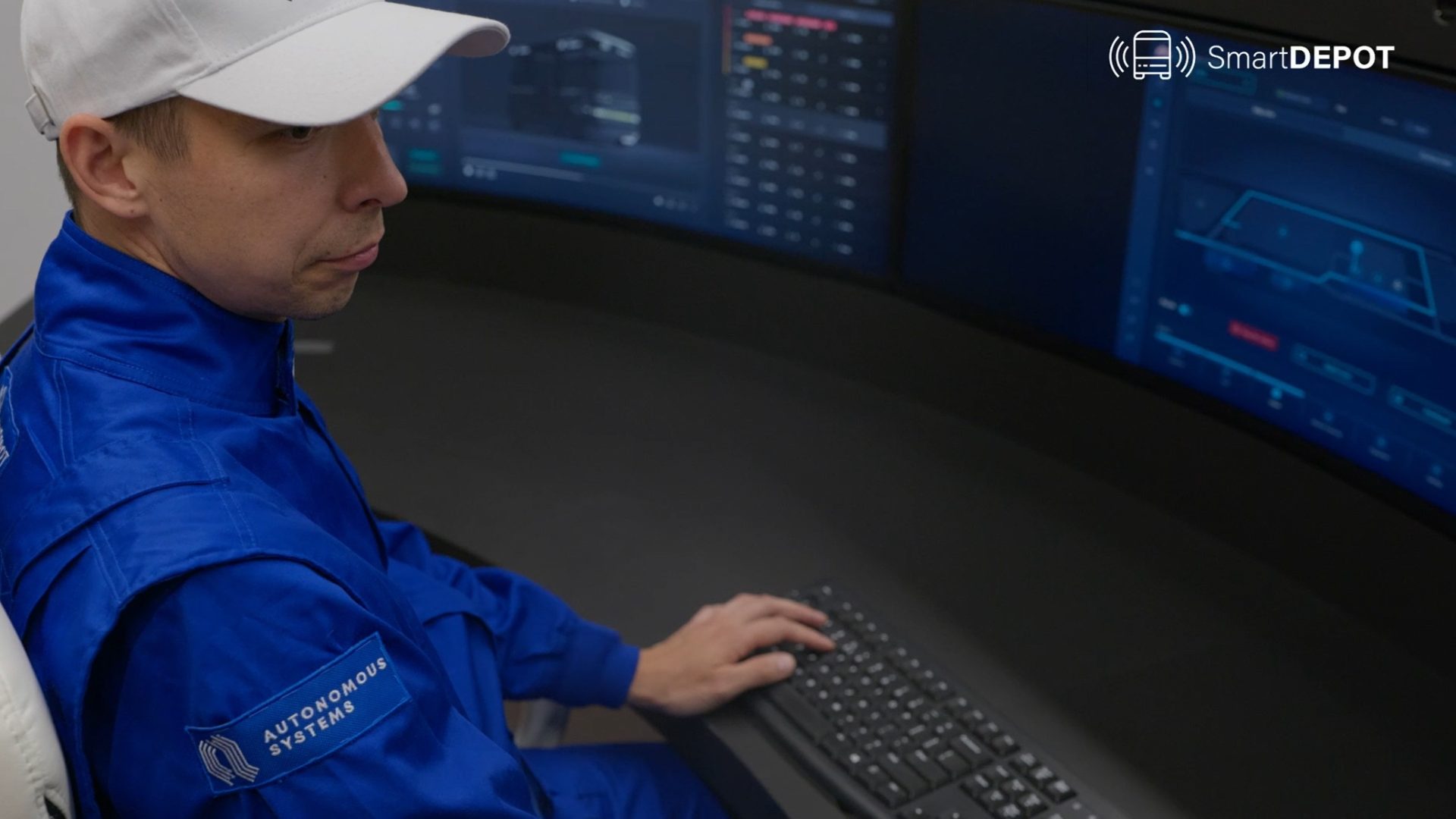

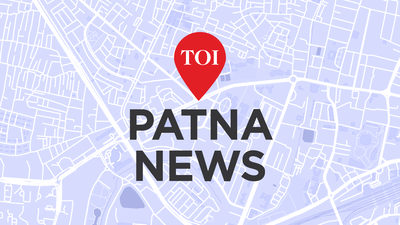
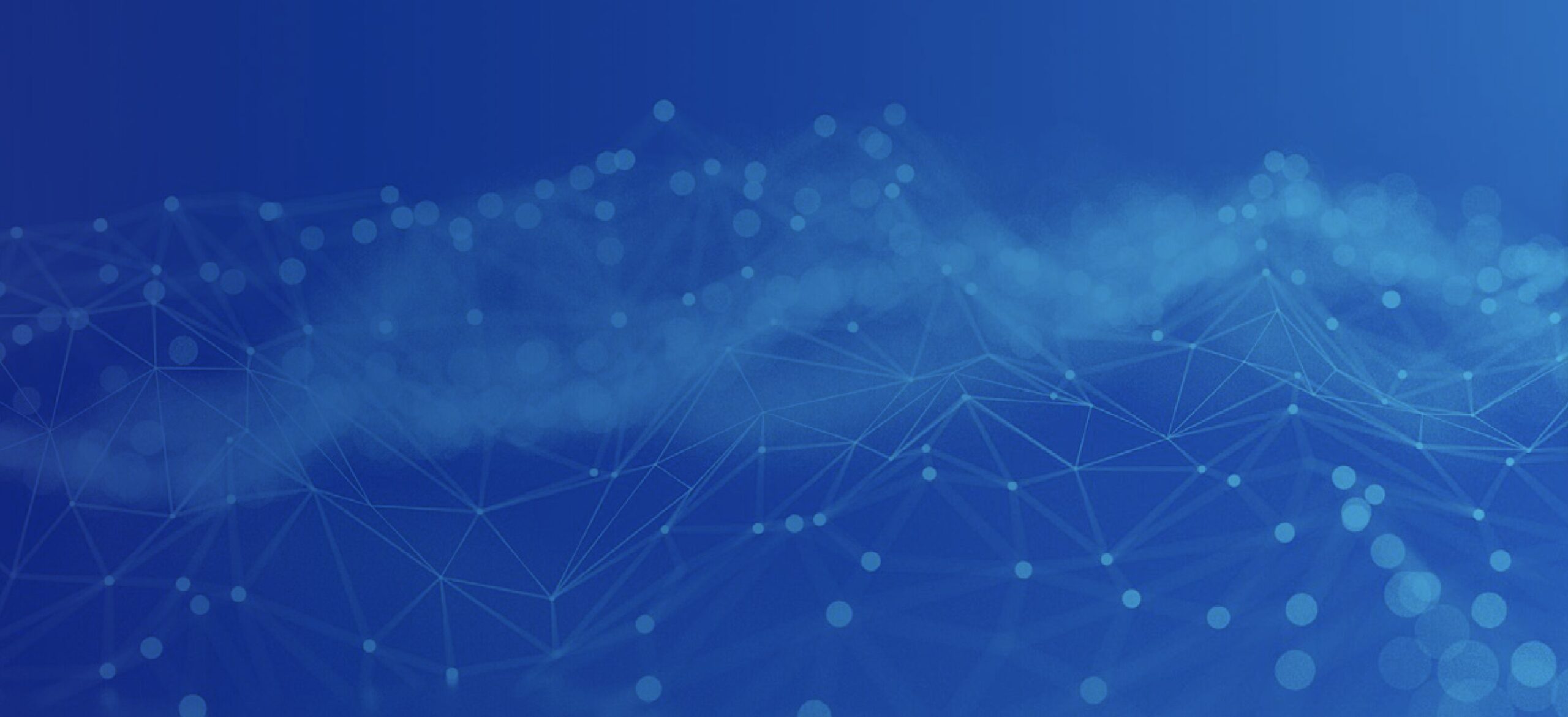


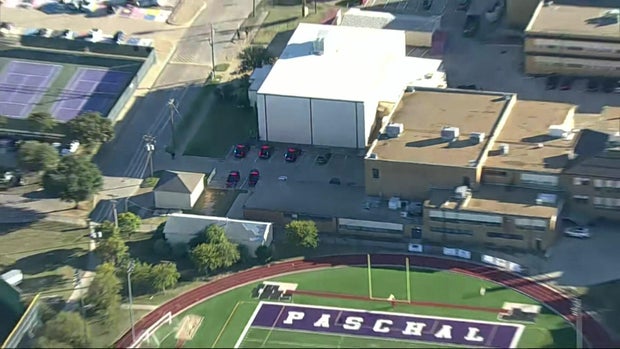

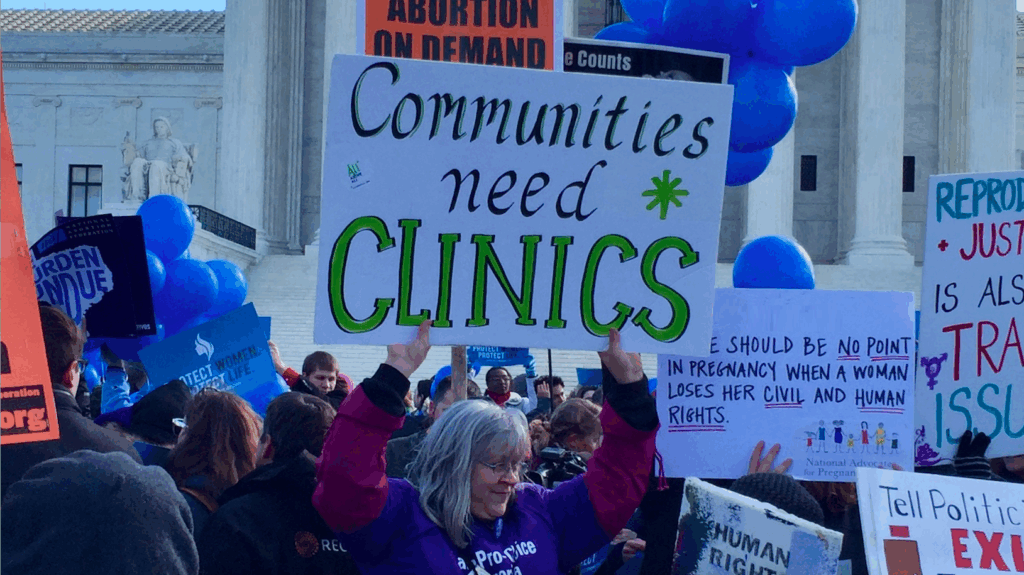

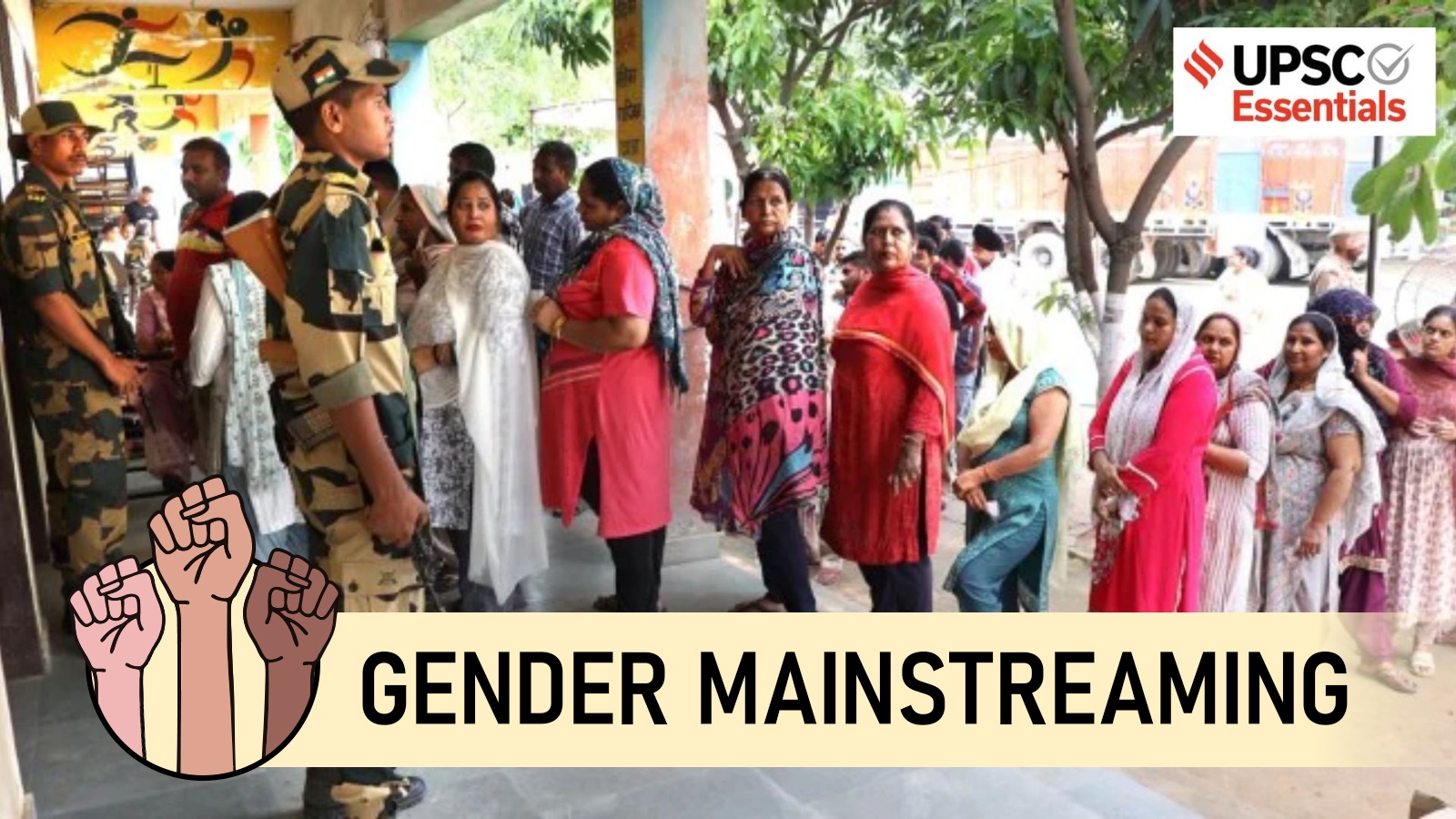
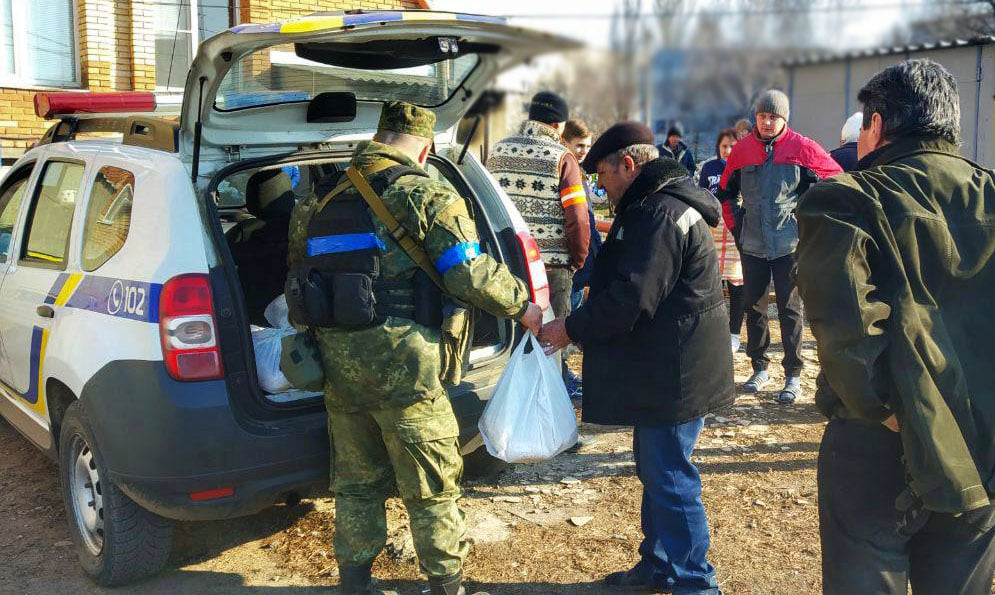
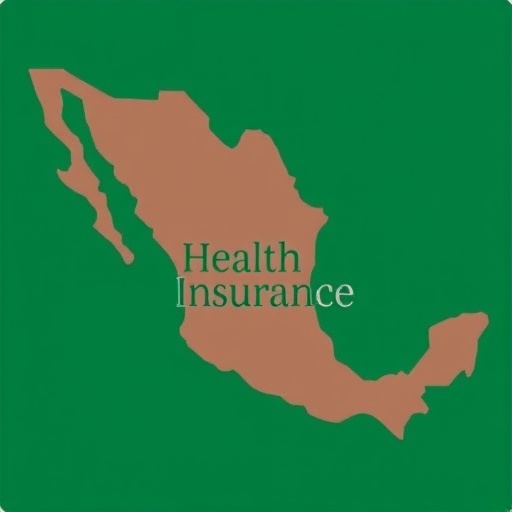
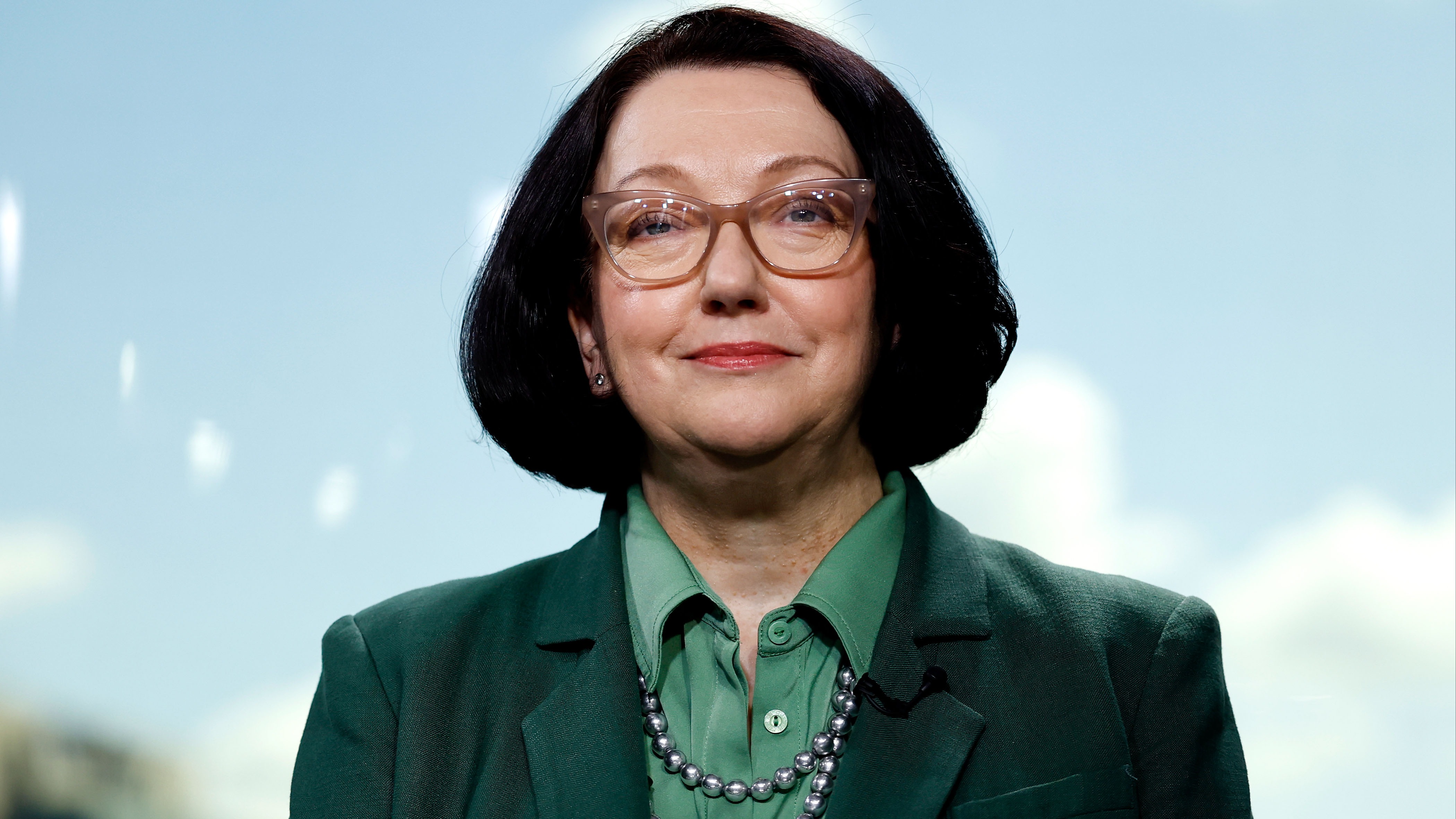

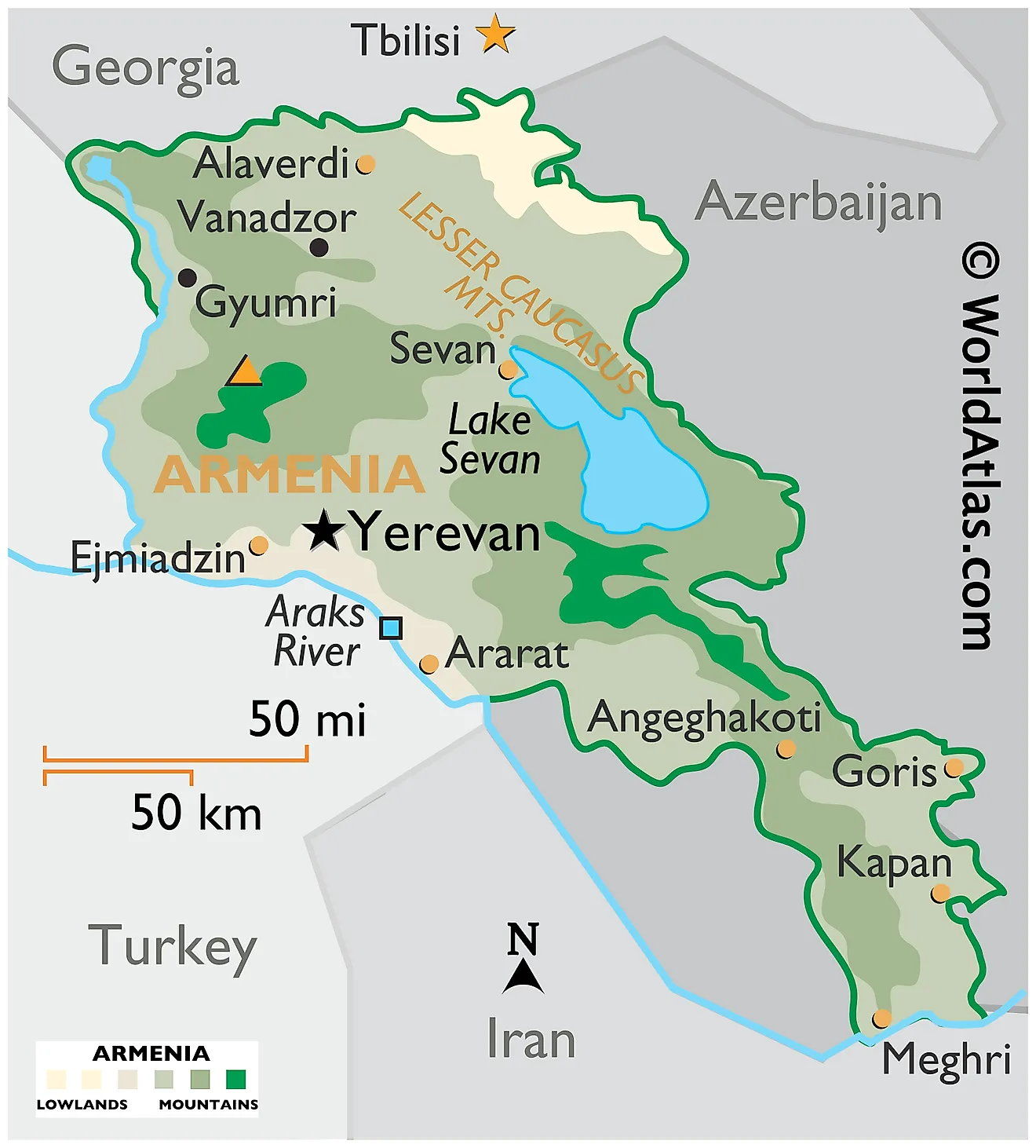







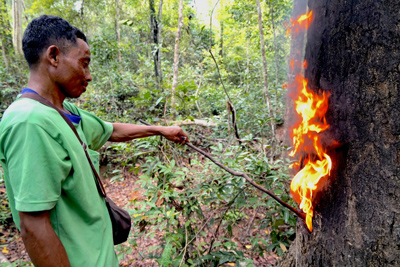
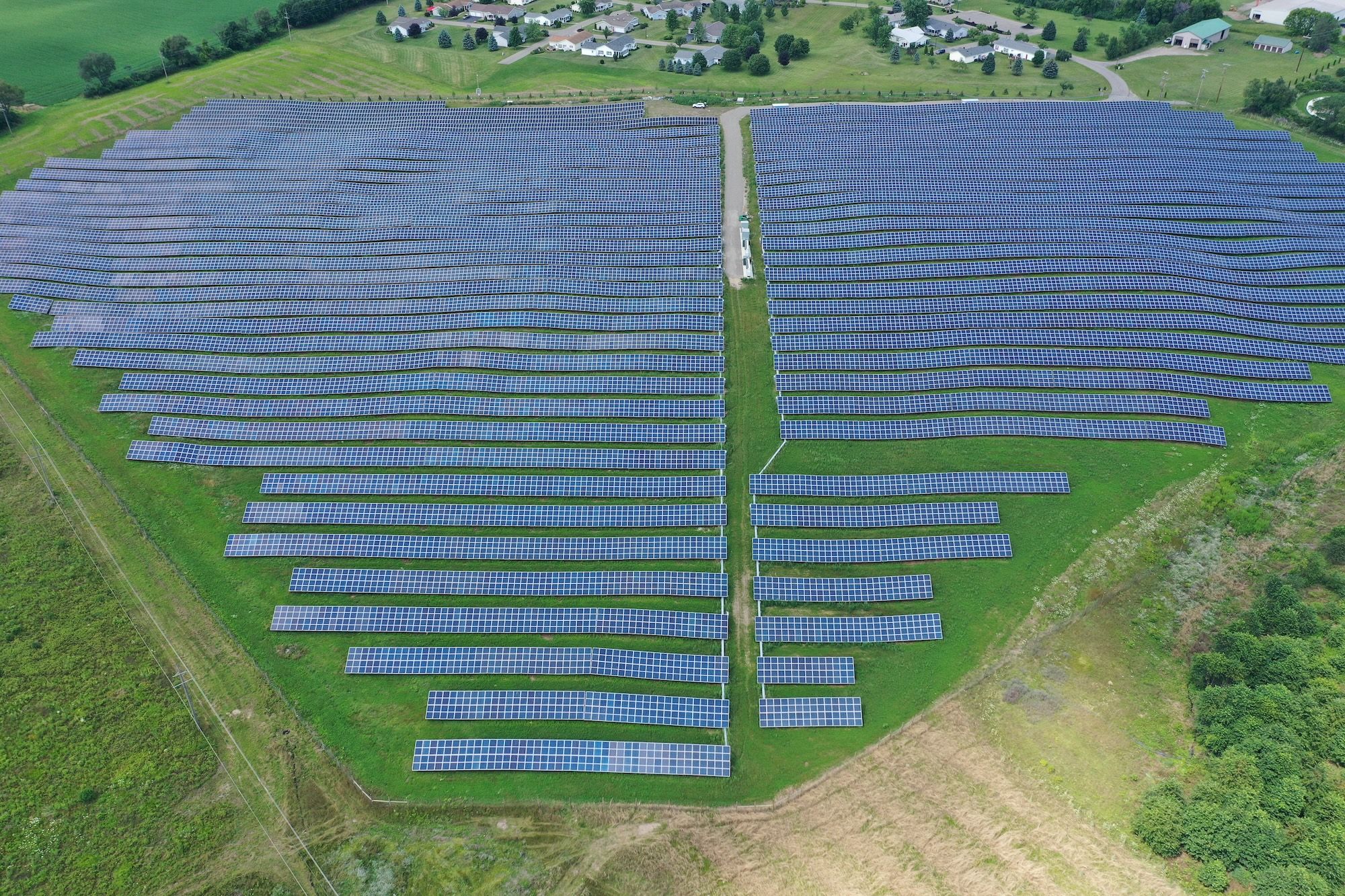







_1.png?#)

